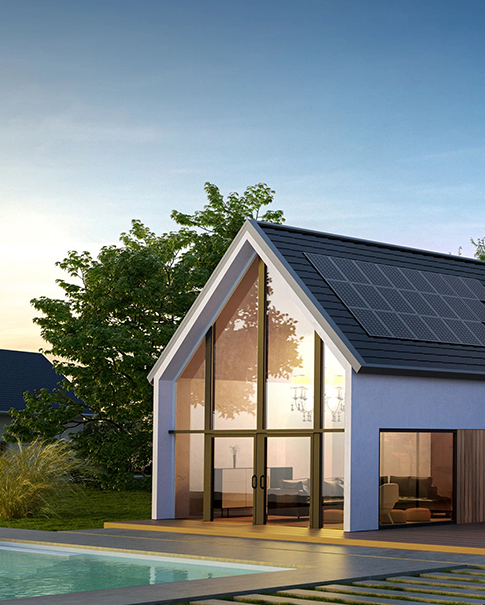-
Make a Call : +86 -13244735151
-
Get A Estimate : chris@keyuenewenergy.com
What Are You Looking For?
What Are You Looking For?
Make a Call : +86 -13244735151
Get A Estimate : chris@keyuenewenergy.com
